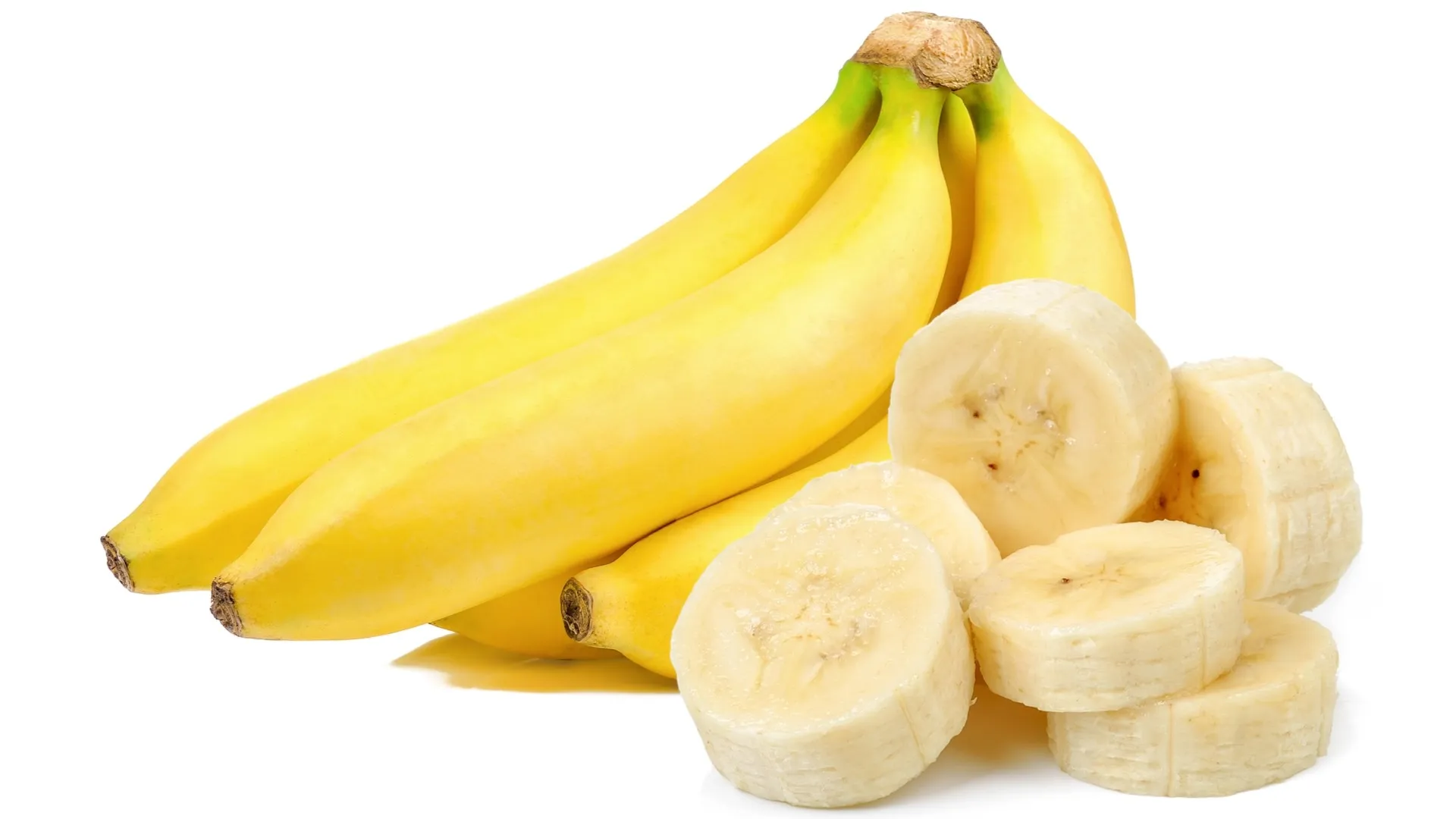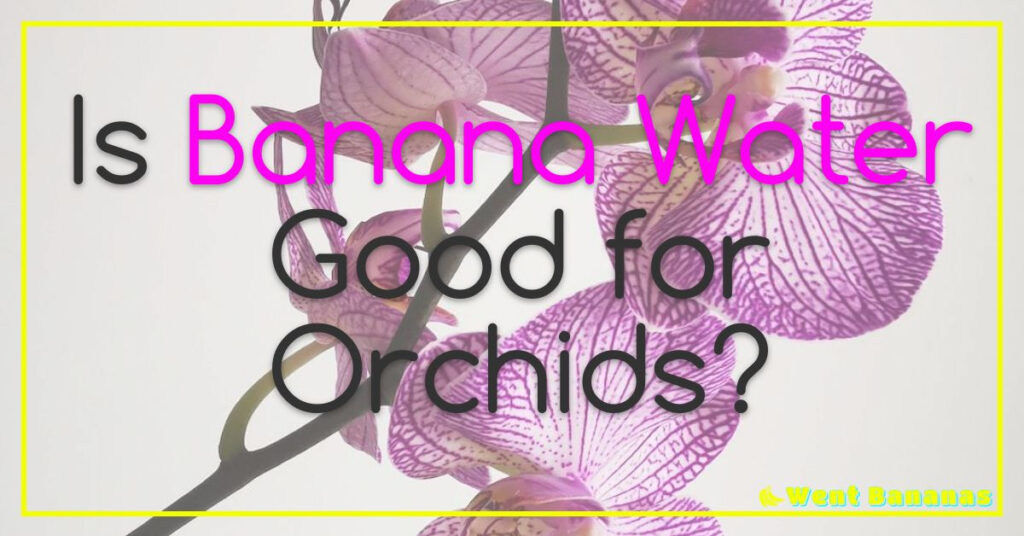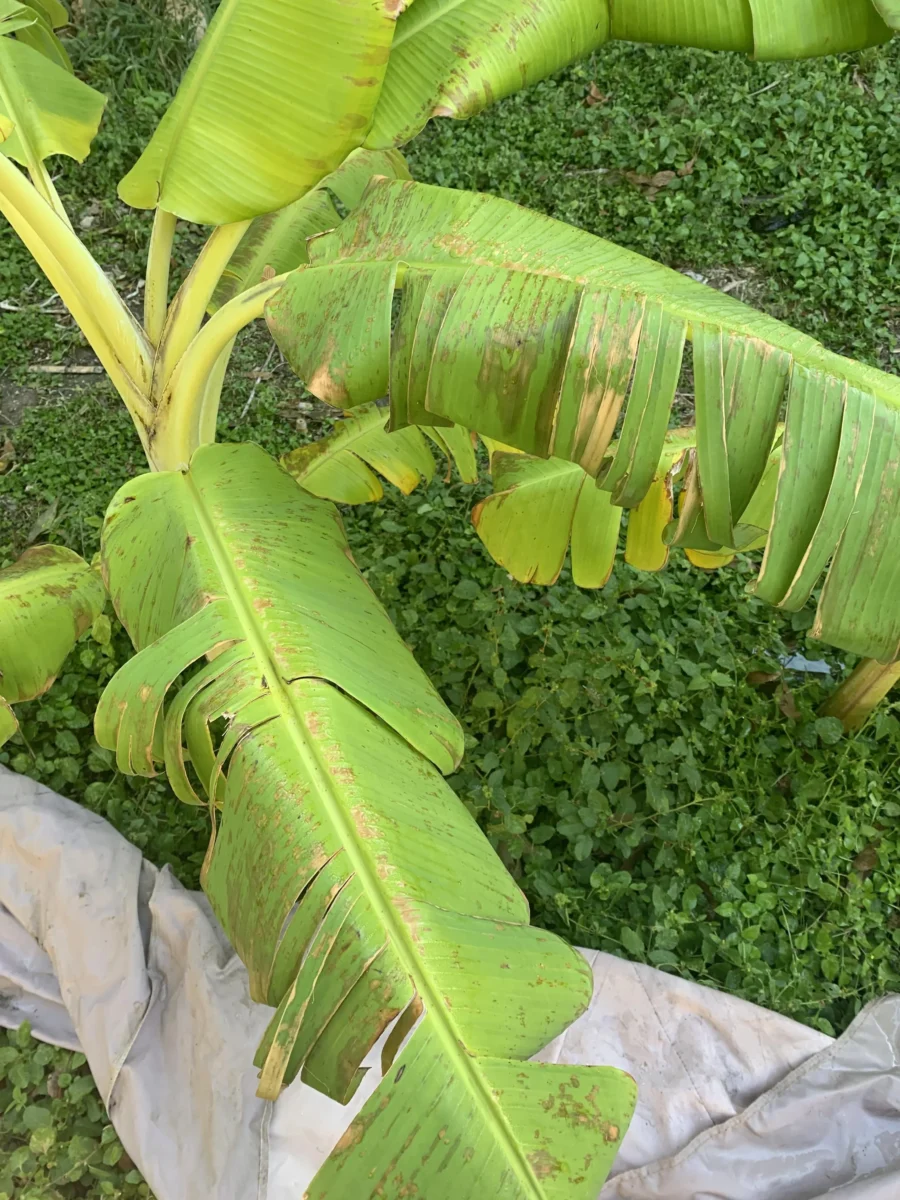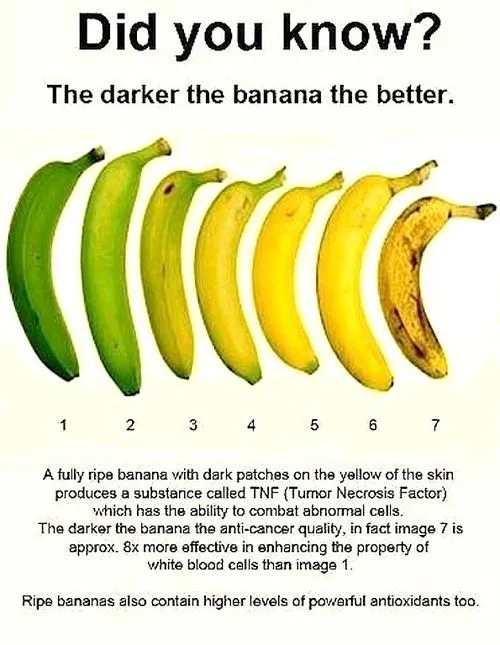Have you ever wondered whether bananas are considered a vegetable or a fruit? It`s a question that has puzzled many, especially when trying to plan meals or determine proper nutrition. In this article, we`ll delve into the definitions of a vegetable and a fruit, examine the characteristics of bananas, and explore other foods that may cross the line between vegetable and fruit. If you`re curious about the truth behind the banana debate, keep reading to learn more.
What is the definition of a vegetable?
While bananas are certainly a beloved fruit, they do not fall under the category of vegetables. But what exactly constitutes a vegetable?
The definition of a vegetable can vary depending on cultural and scientific perspectives. From a culinary standpoint, vegetables are typically defined as edible parts of plants that are savory and often used in savory dishes. However, from a botanical standpoint, vegetables can also include certain fruits such as tomatoes or cucumbers.

Furthermore, the categorization of fruits versus vegetables is not always clear cut. For example, while many people consider avocados to be vegetables due to their inclusion in savory dishes like guacamole, they are actually classified as berries.
Ultimately, the definition of a vegetable is subjective and can depend on context and interpretation. But one thing is for sure – whether it’s bananas or broccoli – incorporating more plant-based foods into our diets can have numerous health benefits!
The characteristics of bananas and whether they fit the definition of a vegetable or fruit.
Bananas are a fascinating fruit, known for their distinctive shape and sweet taste. But what exactly makes them a fruit? And why do some people consider them to be vegetables?
At their core, bananas are considered fruits because they contain seeds. Specifically, they have tiny black or brownish seeds that are usually too small to notice. In botanical terms, this means that bananas are classified as “berries.”
However, some people argue that bananas should be considered vegetables because they do not fit the traditional definition of a fruit. According to this perspective, fruits are defined as being sweet and eaten raw, while vegetables are savory and often cooked.
Despite this debate over whether bananas should be classified as fruits or vegetables, there is no denying the many characteristics that make them unique. For example:
– Bananas come in a wide variety of colors and sizes depending on the variety.
– They contain high levels of potassium and other nutrients.
– Bananas ripen quickly when exposed to air or heat.
– They can be used in a wide range of recipes from smoothies to baked goods.
Whether you consider bananas to be fruits or vegetables is ultimately up to personal interpretation. But regardless of how you classify them, there’s no denying their delicious flavor and versatility in the culinary world.
Other foods that may blur the line between vegetables and fruits.
Bananas are often considered to be a fruit, but did you know there are other foods that blur the line between vegetable and fruit? Take for instance, the tomato. While many consider it to be a vegetable due to its culinary uses, botanically speaking it is actually a fruit.
Another food that falls into this category is the avocado. It has a savory taste like a vegetable but contains a single seed like most fruits. In fact, avocados are commonly used in sweet desserts as well as savory dishes.

The pumpkin is also another example of a food that can cause confusion as to whether it’s a fruit or vegetable. While pumpkins are typically used in savory dishes such as soups and stews, they contain seeds and come from flowering plants – making them technically classified as fruits.
Even rhubarb blurs the lines between fruit and vegetable with its tart taste often paired with sweet strawberries in dessert recipes. Botanically speaking however, rhubarb is classified as a vegetable due to its leafy stalks.
So next time you’re pondering whether something is truly a fruit or just masquerading as one – remember there may be more foods than just bananas that blur those lines!
Check out our other articles to find out even more about banana.
Understanding the difference between fruits and vegetables can be confusing, but it’s important to know in order to make healthy dietary decisions. As we have seen, the answer to whether banana is a fruit or vegetable lies somewhere in between. After all, it has characteristics of both! If you’re interested in learning more about bananas and other foods that blur the line between fruits and vegetables, be sure to check out our other articles for even more information.








